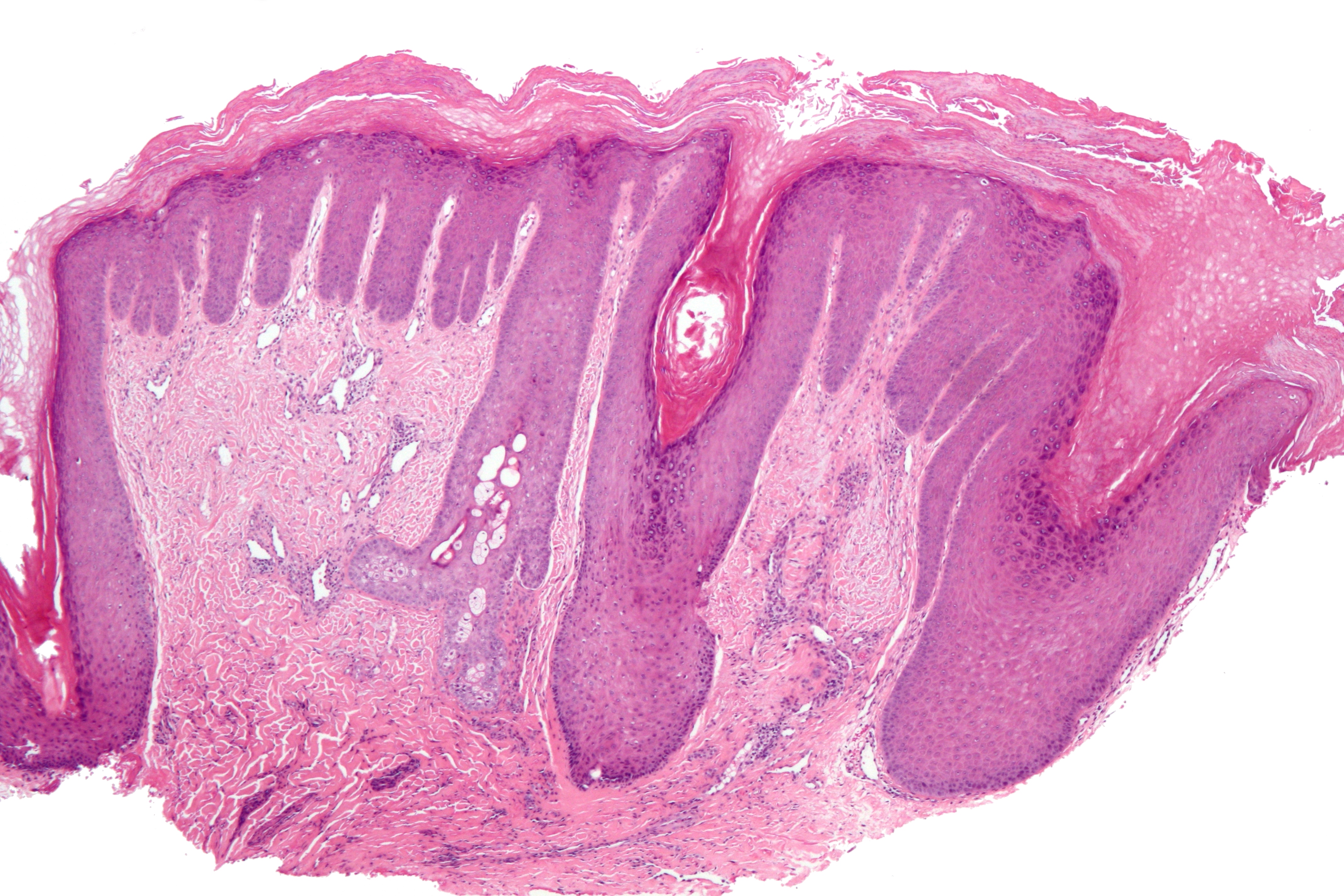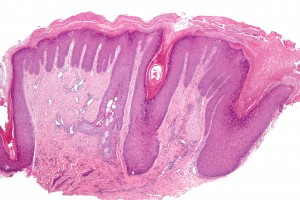
 Do you suspect that you or someone you know might have chicken skin and find yourself asking, “what does keratosis pilaris look like?” Many people with keratosis pilaris are unaware that their skin condition has in fact a name but as soon as they see a keratosis pilaris picture, they identify with it.
Do you suspect that you or someone you know might have chicken skin and find yourself asking, “what does keratosis pilaris look like?” Many people with keratosis pilaris are unaware that their skin condition has in fact a name but as soon as they see a keratosis pilaris picture, they identify with it.
Still, it is always best to consult a dermatologist about these matters to get a proper diagnosis. The condition is relatively easy for dermatologists to diagnose and testing is usually not required.
Does Keratosis Pilaris Always Look The Same?
KP, as it is commonly known, often appears as red bumps on skin but they can also be white, brown, or skin-colored. While KP can be severe in some people, there is no correlation between color and level of severity. Some inflammation may accompany the bumps, giving the surrounding skin a slightly pink appearance.
What Does Keratosis Pilaris Feel Like When Touched?
These skin bumps can be quite tiny and may feel “spiky” to the touch, similar to sandpaper. Its appearance is often described as “chicken skin” because its small dots resemble that of goose pimples.
Where Does Keratosis Pilaris Appear?
Keratosis pilaris can develop on different parts of the body but most commonly it appears on the arms, thighs, face, and buttocks.
Can The Severity Of Keratosis Pilaris Fluctuate?
Keratosis pilaris is often less severe during the summer than winter due to drier skin during colder months. Dry environmental conditions such as air conditioning and central heating can also leave the skin looking worse than usual. Under these conditions, more direct care may be needed on the affected areas of the skin.
What Does Keratosis Pilaris Look Like At Close Quarters?
Keratosis pilaris under a microscope (a process known as histopathy) reveals a hardening of the outer skin layer and a proliferation of the epidermis cells. Some of the individual hair follicles also show signs of plugging. In this microscopic view, the inflammation of the upper dermis may be visible, a mild form of what is known as perivascular lymphocytic inflammation.
Keratosis pilaris’ distinct appearance makes answering the question “what does keratosis pilaris look like” relatively straightforward but a dermatologist should nonetheless be consulted to confirm your assumption.












Thanks-a-mundo for the blog article.Thanks Again. Great.